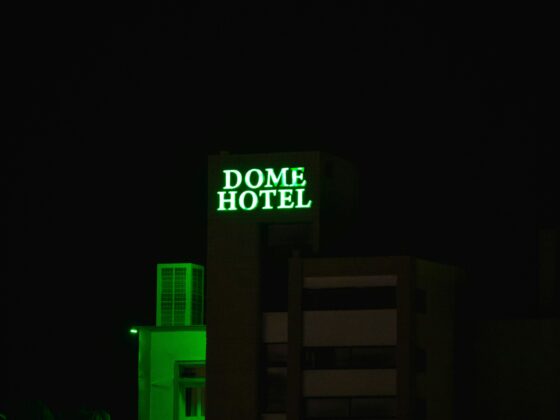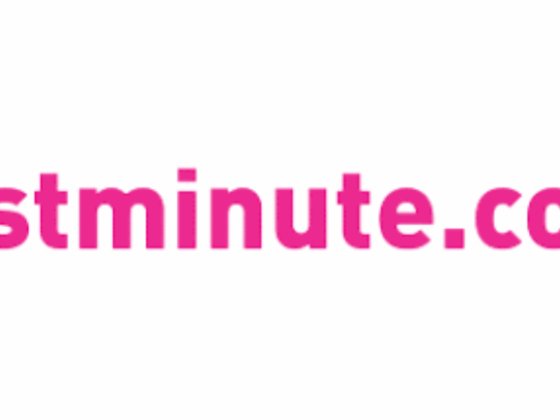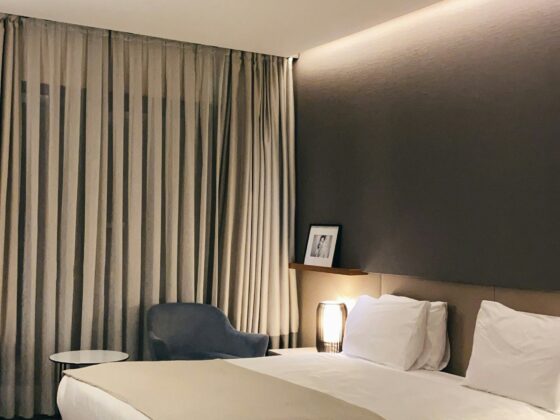For greater visibility by travel agents, targeted, correct, consistent, and easily searchable GDS content and availability are prerequisites. The Global Distribution System (GDS) is one of the many channels to sell your rooms to the world of business travelers. GDS puts your inventory in front of a network of 600,000 travel agents and travel management companies.
The key to success on the global distribution systems (GDS) channel is meeting the search expectations and behavior of travel agents. In this blog, we look at how you can tailor your GDS content to drive more reservations and revenue from this channel.
1) Create clear and accurate property and room listings. Well-written property descriptions can help set your property apart from the competition. Include room size, views, hotel category, location, distance from nearby business centers, airports, and awards. Don’t leave your amenities off the content list—spa, pool, free breakfast, high-speed Wi-Fi, etc.
2) Use high-quality images. Nothing sells better than good visuals. Invest in good photography of your property and its location. On the GDS in particular, your visuals of your property and rooms make an impact; they are needed for agents to compare your property to others in the area and be able to recommend your hotel to their clients.
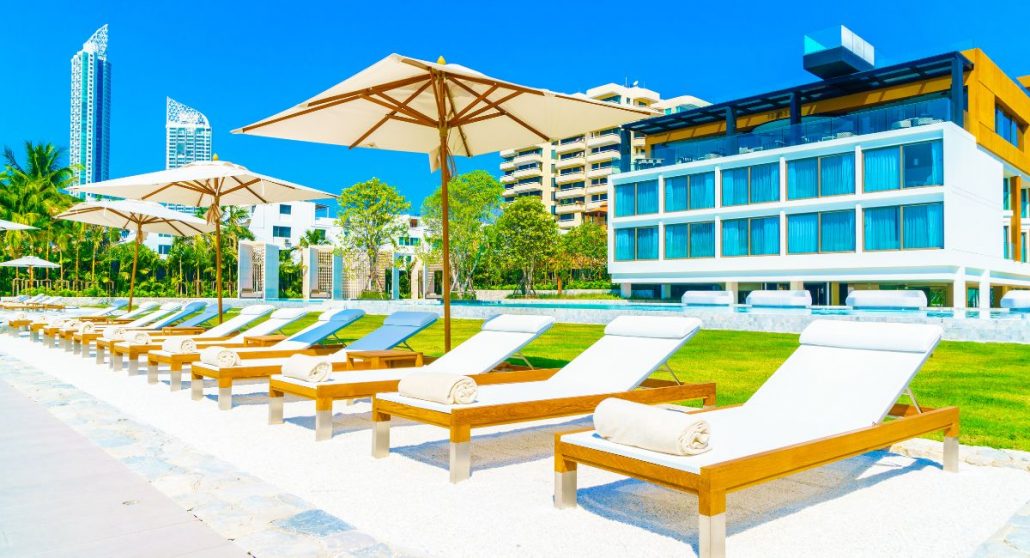 Is your hotel listing optimized for GDS? 100″>3) Monitor and respond to guest reviews. One of the most influential factors affecting your guests’ booking decisions is your online reputation and reviews.
Is your hotel listing optimized for GDS? 100″>3) Monitor and respond to guest reviews. One of the most influential factors affecting your guests’ booking decisions is your online reputation and reviews.
4) Highlight sustainability measures. Sustainability measures are typically top-of-mind for corporate travelers, so including this information in your GDS listing can give you an edge over competitors who are missing this in their listing.
5) Set your rate strategy around your target audience. GDS rates are typically broken down into two categories: Public Rates and Negotiated Rates.
-
- Public Rates include:
- BAR (Best Available Rate)
- Corporate Rate (transient corporate business)
- Package (leisure business)
- Government rates
- Public Rates include:
Usually, these rates are commissionable by 10% for travel agents.
- Negotiated Rates include qualified corporate or business partnerships. Hotels may also negotiate directly with travel agents or companies, often via an RFP. Negotiated rates are not public and are locked with a rate access code. If you have a partnership with a company, you will need to create a specific rate for them. You should also ensure that your availability and prices are loaded for the entire contracted period, covering all room types.
6) Offer special promotions and seasonal offers. Like every other sales channel, offers and promotions specific to that channel can help boost bookings, particularly when demand is low. Stay on top of insights from your STAAH channel manager to understand market trends and create a promotional strategy that can drive up ADR. Remember, GDS is primarily popular with business travelers, as their travel agents can book airlines, car rentals, and hotels all in one reservation. It’s important to use these insights to target your audience with the best offers and rate strategies.
 Is your hotel listing optimized for GDS? 101″>7) Automate updates. It is imperative to have the capability for the GDS to integrate completely with your CRS, property management system (PMS), and channel manager to ensure content accuracy, quality, and pricing consistency. STAAH GDS hosting provides a single-point connection to GDS providers around the world with simple, single-interface management of updates.
Is your hotel listing optimized for GDS? 101″>7) Automate updates. It is imperative to have the capability for the GDS to integrate completely with your CRS, property management system (PMS), and channel manager to ensure content accuracy, quality, and pricing consistency. STAAH GDS hosting provides a single-point connection to GDS providers around the world with simple, single-interface management of updates.
Conclusion
Success with GDS lies in the details, so ensure accuracy and consistency throughout your listing. Combine high-quality content with the right rate strategy, and leverage platforms such as STAAH GDS to streamline management for improved reservations and revenue from this mega channel.


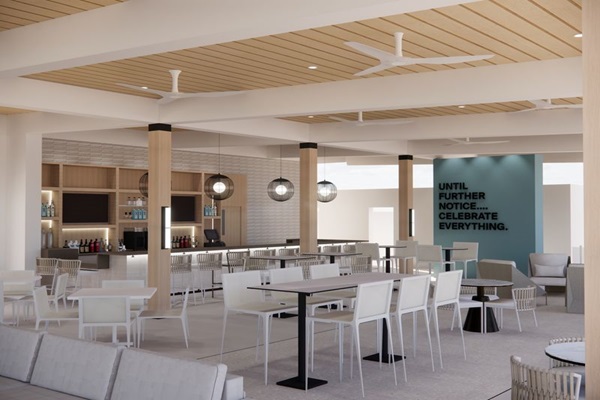
 Is your hotel listing optimized for GDS? 102″>
Is your hotel listing optimized for GDS? 102″>